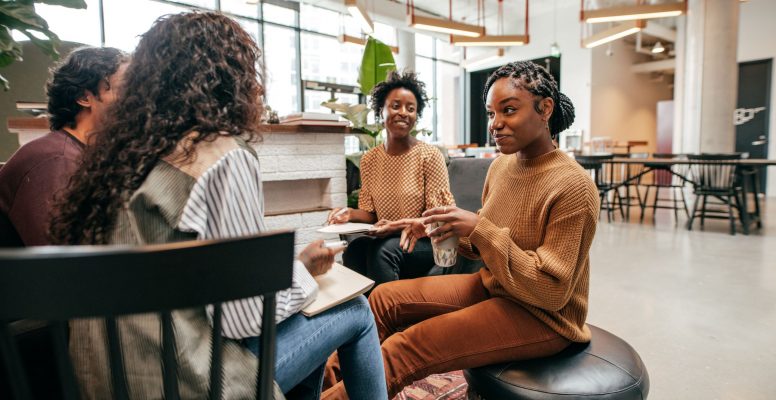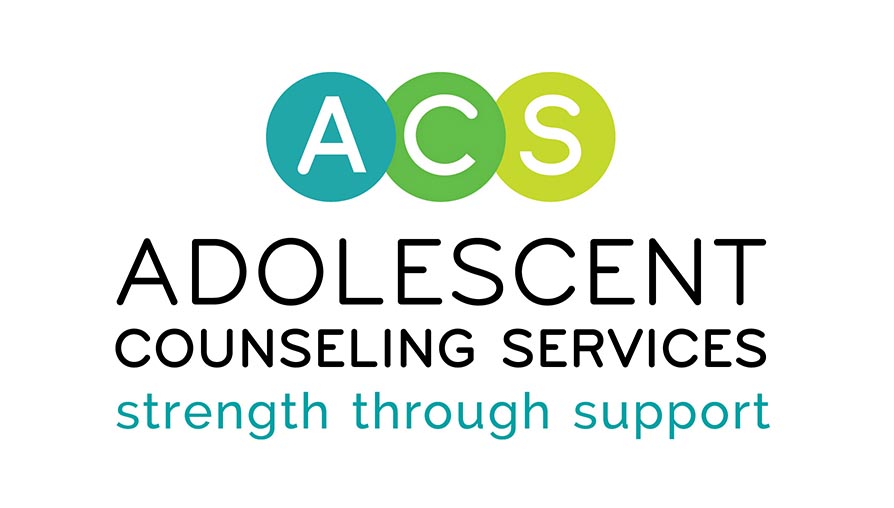
Finding Community Can Improve Mental Health
Written By: Leslee Dominguez, Clinical Trainee at ACS, On-Campus Counseling Program
ADOLESCENTS FACElife stressors like academics, relationships, food instability, economic instability, and many more stressful events. Additionally, youth who have marginalized identities have additional stressors that many might notice but do not discuss. These marginalized identities include being a part of the LGBTQIA+ community, being a part of a racial/ethnic minority, being an immigrant or their family members are immigrants, being a part of the disability community, among many other identities. Adding the stressors of navigating these identities can be overwhelming, especially if they are not having these conversations at home or with people who share similar identities.
Embracing these identities and finding spaces where they can be in the community can improve the mental health of marginalized youth by allowing adolescents to find a sense of belonging, resilience, and identity. Research has shown that enabling marginalized youth to find communities with similar identities can foster empowering conversations in shared stories. Being a part of these groups allows adolescents not to feel as alone as they might feel in their classroom or sports teams, whereas others might not have the same shared experiences. Also, being involved in conversations on identity can buffer any stressors they might have to endure from discrimination. This creates a sense of resiliency in building pride in their community and identities. Examples of these spaces are attending or joining events or groups at community/cultural centers, mentoring programs, school-based programs, youth-led activist spaces, art or dance groups, and group therapy.
Community Resources
- Outlet a program of Adolescent Counseling Services catered to LGBTQIA+ Youth
- San Mateo County Pride Center catered to LGBTQIA+ communities
- Casa Circulo Cultural catered to Latiné populations
- Ayudando Latinos a Soñar (ALAS) catered to Latiné populations
- Friends for Youth for Youth Mentorship
- The Siena Youth Center for after-school programs
- Boys and Girls Club of the Peninsula for after-school programs
- Domini Hoskins Black History Museum and Learning Center
- San Mateo JYO (Japanese Youth Organization) catered for Japanese Youth
- OCA San Mateo Chapter (Organization of Chinese Americans)
Community resources are great for getting adolescents involved in the community. Many conversations can be had with family members to encourage involvement with cultural roots and traditions. Youth involvement with groups, organizations, or spaces where they feel they can identify with others can significantly improve mental health. (Kamaldeep, et al., 2012)
_________________________
References
Adames, H. Y., Chavez-Dueñas, N. Y., Lewis, J. A., Neville, H. A., French, B. H., Chen, G. A., & Mosley, D. V. (2023). Radical healing in psychotherapy: Addressing the wounds of racism-related stress and trauma. Psychotherapy, 60(1), 39–50.
Kamaldeep S. Bhui, Erik Lenguerrand, Maria J. Maynard, Stephen A.Stansfeld, Seeromanie Harding. (2012). Does cultural integration explain a mental health advantage for adolescents?, International Journal of Epidemiology, Volume 41, Issue 3, Pages 791–802, https://doi.org/10.1093/ije/dys007
